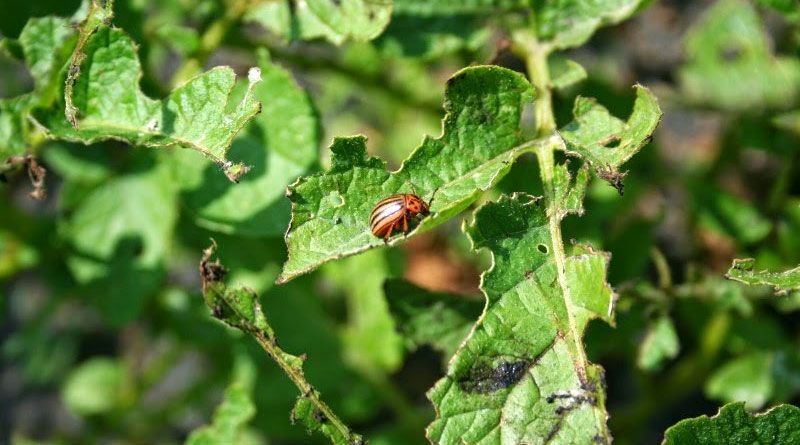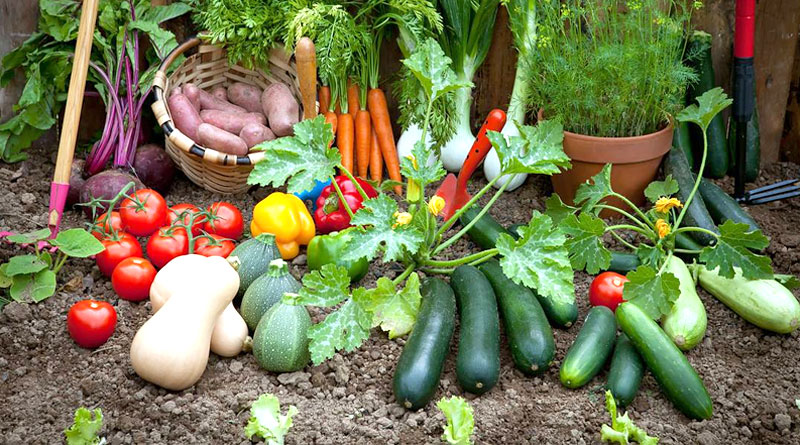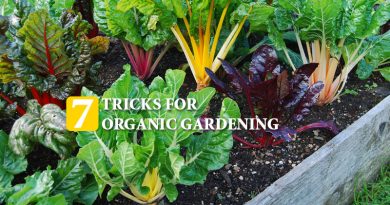Vegetable Gardening and Safe Pest Control Tips
With the costs of living rising all the time, it may be possible to save money and increase your family’s health at the same time by growing vegetables in your backyard.
It’s a good idea to choose your favourite vegetables to grow and plan beds for early, middle of the season and late varieties.
Most vegetables require at least 6 hours of sunlight per day, some need 8. Some quick growers like lettuce and radish can be grown between the rows of plants that take longer to mature, like beet or corn, thus making full use of the area available.
Organic gardening
Throughout dry periods, vegetable gardens need extra watering. Most vegetables benefit from an inch or more of water each week, especially when they are fruiting.
During the growing season watch for insect pests. If you discover a bug problem early it will be much easier, but be careful to not use pesticides once the vegetable are close to being picked unless it becomes an absolute necessity. Organic gardening is one healthy and environment-friendly option. Once you have reaped your crop, put the vegetable waste into your compost pile so that it can be recycled for next spring.
It is important to protect your vegetable garden from wild animals looking for a tasty treat. Make sure your garden is surrounded by a fence that will keep out dogs, rabbits, and other animals. The harm done by wandering animals during one season can equal the cost of a fence. A fence also can serve as a frame for peas, beans, tomatoes, and other crops that need support.
Protection is needed in order for your vegetable garden to yield a bountiful harvest. Hard work will pay dividends if necessary precautions have been made.
Safe Pest Control Tips

Pest control must be done with utmost consideration to safety; safety in terms of the plants, animals and humans. This holds especially true for those with vegetable and organic gardens.
The main purpose of growing vegetables organically will be defeated if they become tainted with pest control chemicals.
Here are a few long-term maintenance tips to make pest control less damaging and more environmentally friendly.
1. Use the physical pest control process.
This may be accomplished through picking grubs off by hand, creating barriers and traps and plugging holes. Snails can be found hiding in damp places under rocks and towrds the base of those plants with straplike foliage.
2. Apply biological pest control.
Encourage predatory insects such as green lacewings and dragonflies to feed on aphids and other pests that attack your plants. You can do this by placing a shallow bowl of water in the garden. Dragonflies especially will hover around water. Bacterial insecticides such as B. thuringiensis could also be used against caterpillars.
3. Only as a last resort should we turn to chemical pest control.
Organic pest control methods can be successful and the ingredients for many of the recipes can be found in the kitchen cupboards. If chemical sprays are really necessary, try and find the least-toxic. These include insecticidal soaps, horticultural oils, dehydrating dusts, etc.
4. Consider the use of safer pest control substitutes.
Recipes for alternative pest control include the following:
Against Green Aphids and Mites – Mix 1 tablespoon of liquid soap and a cup of vegetable oil. Dilute a teaspoon of this solution in a cup of water and spray on aphids and mites.
Against Cockroaches – Dusts of boric acid can be applied to cracks or entry points of these insects. Bay leaves on pantry shelves could also help in warding off these critters.
Make sure that the chemicals you use are made specifically for the insects you are targeting.




